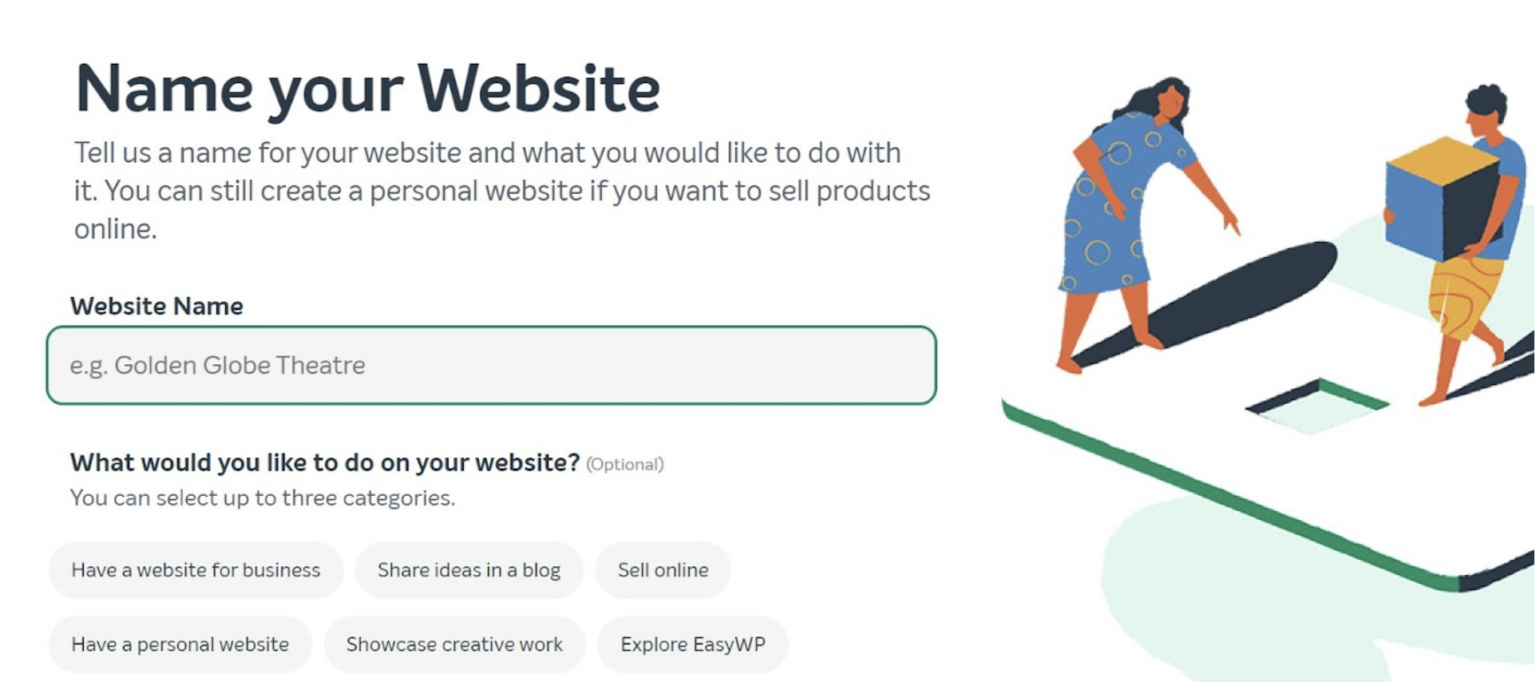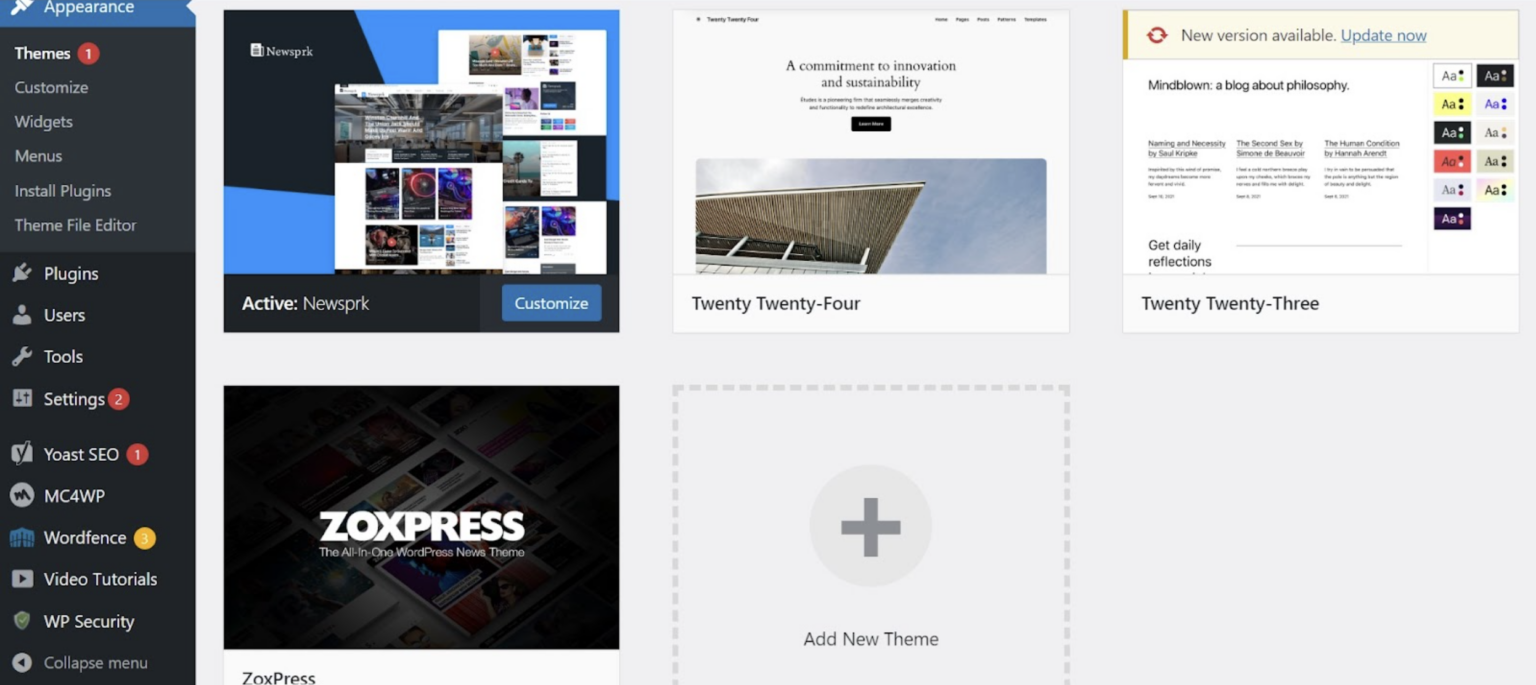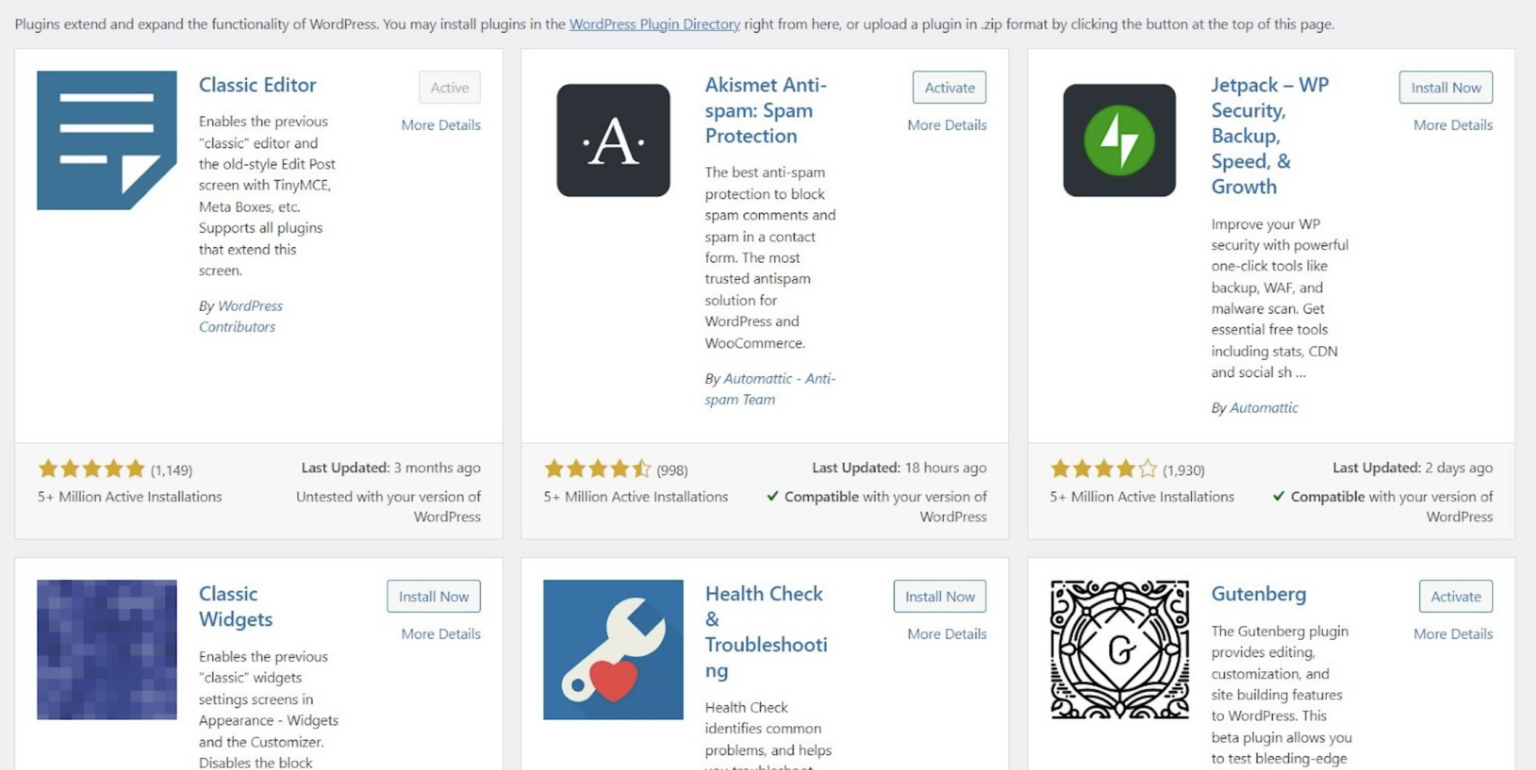Startup Domain Names: Buying the Right Domain Name
Choosing a brand name for your startup? Need a great domain name to match? NameExperts.com Director Joe Uddeme shares his top tips. Having the right domain name for your startup sounds like common sense. However, it can be a challenging endeavor. Your organization’s name might not translate into a good domain name. Or maybe everything suitable appears to have been taken. Regardless of the challenges, it is absolutely essential that you have a fantastic domain name so customers can find you. It can also help increase brand awareness and the long-term success of your business. So how can you actually buy a good domain for your startup? Let’s investigate. Key Takeaways The power of brainstorming The golden rules of a great startup domain name Do your research Consider alternate endings (TLDs) Brainstorm Your Startup Domain Name When acquiring a domain, you need to start by doing some brainstorming. Consider: What’s the name of your business? What services or products are you selling? What industry are you involved in? Develop five terms or phrases which can best answer those questions and can describe the domain name that you’d wish to acquire. For instance, if you wanted a domain name that involved “advertising,” you could use related terms like “online marketing,” “digital marketing,” “advertising,” or “sales marketing” as a starting point. While this may sound obvious, you also need to remember that your domain name ought to be related to your organization. For example, if your company name is Joe’s Electronics then you would want a domain name to reflect that name. If the website was called joesawesomewebsite.com, clients would not know that it was really an electronics site, which means you’re losing out on business because customers can’t find you. Keep Your Domain Name Brief, Unique and Easy to Remember While brainstorming domains, you also wish to bear in mind that the shorter the better. Shorter domain names aren’t just easy to type, but also easier to remember. If you heard the domain from a friend or on the radio, would you be able to spell it correctly? Try and settle on a domain that’s unique. The last thing that you need is for your domain to get confused with another site. This will also ensure you won’t encounter any ownership issues. Research your Startup Domain Name Now that you’ve found a domain that fits your brand, you need to be 100 percent sure it is available. One option would be to explore checkdomain.com, Domjax or copyright.gov. The best-known names are usually .com domain names – these are widely accepted. It also means that they are likely to have a premium cost to them if you are looking to purchase them. Check the whois information on the domain you are trying to buy, or reach out to a seasoned domain name broker who will have years of experience in sourcing owners and negotiating deals. Add Modest Words Before or After Your Domain While you should keep away from pluralizing or hyphenating words, as that will create confusion (“best” or “top” are also a little overused, too), there could be some minor alterations to make your domain stand out. Let’s say you have a car rental business located in Phoenix. You could search for a domain name that was on the line of phoenixrentals.com. Use Other Domain Extensions/Endings Ideally, you would like to secure a .com domain. It’s the best option for branding and type-in-traffic, which is essential for any site. However, there are other endings or extensions (TLDs) that could benefit your brand as well. Take the .info extension for example. It could be an alternative if you are running an informational site. Another choice is to localize your own domain. If your site is based out of the United Kingdom, you would want to utilize the .uk or co.uk extension. Not only does this open the door to additional possibilities, it differentiates you from an international website. A website like name.com is an excellent resource for searching for domains and extensions. View Auctions for Domain Names You can also hit auctions to purchase a domain name which was/is previously owned. There are numerous sites that have been acquired by investors as a means to monetize a site. They will purchase a domain and fill the website with lists and links to other sites simply for lead generation. Contact A Domain Broker There are instances when somebody had a domain and did not do anything with it – or the business didn’t work out and the domain name has expired. In cases like this, the domain name is now available for purchase. If your preferred domain is not up for auction, you could work with a domain name expert or broker to contact the current owner. If you decide to go it alone, make sure you gather any information that can assist you in ultimately determining if this is the right asset for your brand. If the owner is considering selling the domain, you’ll want to do a little investigating to learn how much it’s worth. Our domain broker services can complete a professional domain name appraisal to determine how much traffic is visiting the website. It may not be the only element in determining the site’s value, but it’s a powerful indicator. Another thing we’ll look at is sale prices of comparable doman names. Some great names, such as Cars.com, have gone for astronomical sums. About the author Joe Uddeme is Director and Principal of Name Experts, one of the world’s leading domain name brokerage services. He has overseen domain name sales and acquisitions totaling more than $150 million and is renowned worldwide as a go-to expert in buying and selling premium domains. Contact us at: [email protected]







